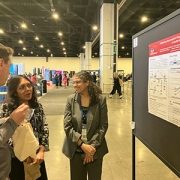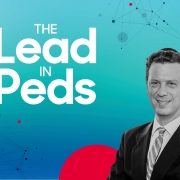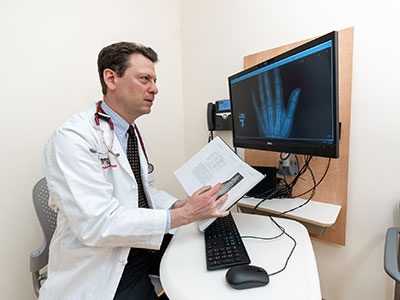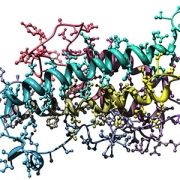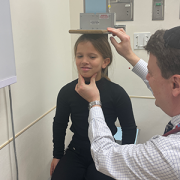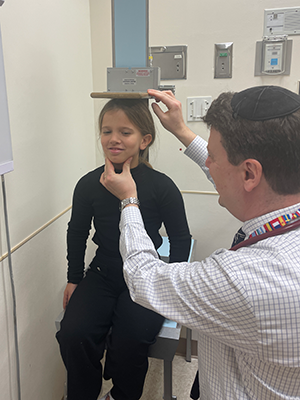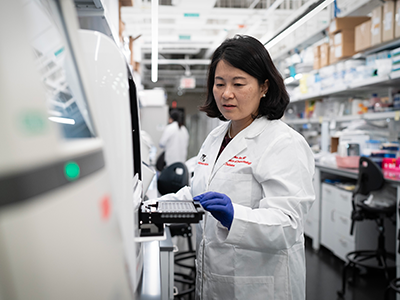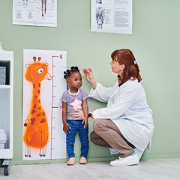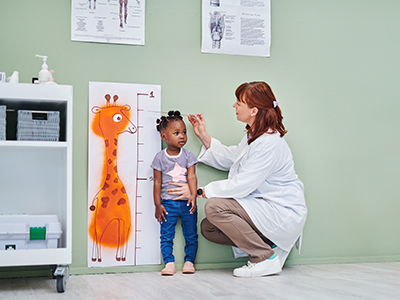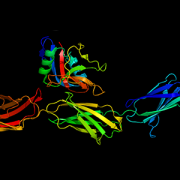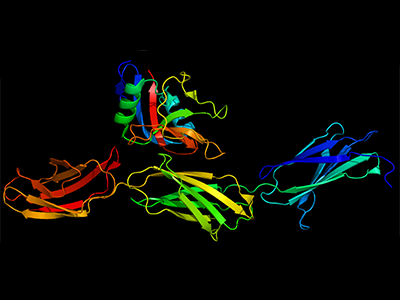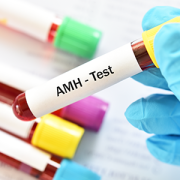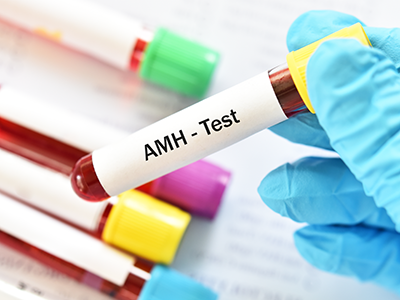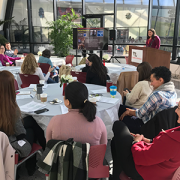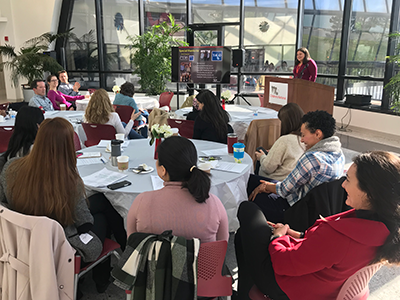Encouraging early results for vosoritide in Turner syndrome

Roopa Shankar, MD, an endocrinologist at Children’s National Hospital and principal investigator on the study, presented these findings at the Pediatric Endocrine Society annual meeting.
In the world’s first clinical trial of vosoritide for Turner Syndrome (TS), preliminary results show an increase in annualized growth velocity (AGV) in girls with TS in the first six-months of the trial.
Roopa Shankar, MD, an endocrinologist at Children’s National Hospital and principal investigator on the study, presented these findings at the Pediatric Endocrine Society annual meeting on May 17.
The big picture
TS is a rare genetic disorder that occurs in one to about 2,500 girls and is caused by a partial or complete missing X chromosome. Some of the characteristics of TS are short stature, delayed puberty, kidney, thyroid and heart problems. Although there is no cure for TS, many of the symptoms can be treated.
Previously approved for use in achondroplasia, vosoritide is a C-type natriuretic peptide (CNP) analog that binds its receptor on healthy cartilage cells called chondrocytes, leading to increased chondrocyte proliferation and differentiation via its inhibition of the ERK1/2-MAPK pathway.
To date, four participants are enrolled in the trial, and three have completed six months of treatment. Participants with prior growth hormone (GH) exposure increased AGV by +4.9 and +1.57 cm/year over the baseline AGV on GH treatment. The participant without prior GH exposure had an increased AGV +6.04 cm above the baseline at the six-month visit.
What’s next
“The increase in AGV with vosoritide is comparable to the response expected with GH treatment in the GH naïve patient,” says Dr. Shankar. “What’s particularly encouraging is the higher AGV seen in patients previously treated with GH — compared to their baseline on GH alone—which suggests vosoritide may offer additional growth benefits, even when GH responsiveness has diminished. While these preliminary results are very promising, we need longer-term data to establish the safety and the sustained impact on growth. Recruitment for this study is ongoing.”
Find out more about the trial here.
Additional authors from Children’s National include: Niusha Shafaei, MSc, Anqing Zhang, PhD, Kimberly Pitner, MSHS, BSN, RN, Niti Dham, MD, Andrew Dauber, MD, MMSc.


